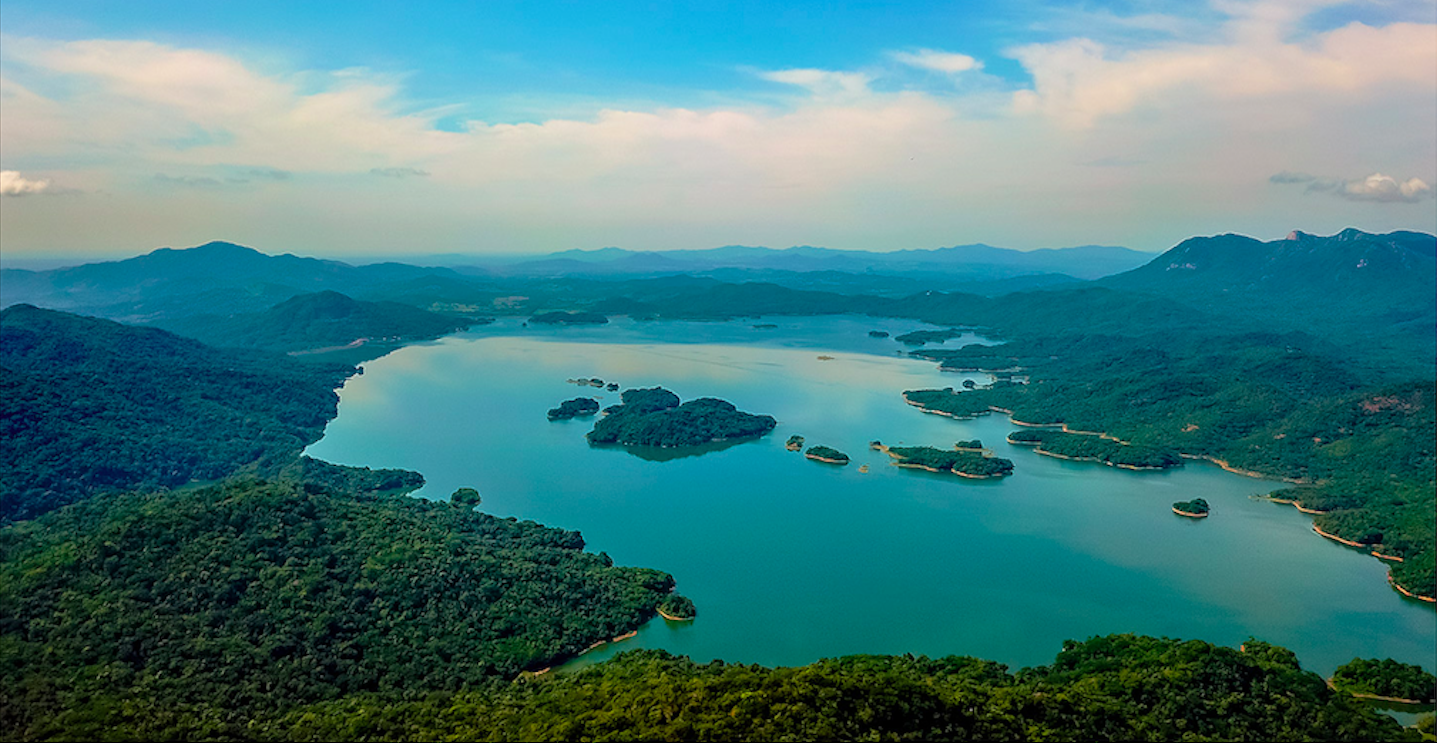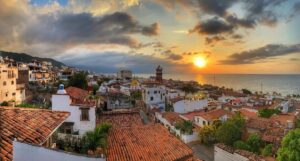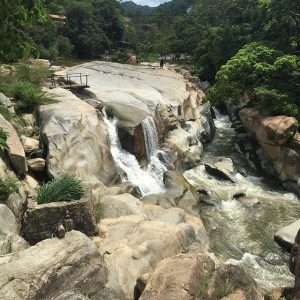Talking about Cajón de Peñas is mentioning its natural wealth, its abundance of water and its biological diversity. A place that recreates your interior and strengthens your spirit.
Cajón de Peñas is a picturesque town in Tomatlán, Jalisco, which is part of the Chamela-Cuixmala Biosphere Reserve and the tourist attractions of happy coast. It is located between Puerto Vallarta and Manzanillo. It is easy to get to by road, just 18 minutes from Tomatlán and 80 minutes from Puerto Vallarta.
The beauty of Cajón de Peñas lies in the immensity of its dam, the largest in Jalisco, and the evergreen mountains of the Sierra Madre Occidental. It is a place of extensive tropical jungle vegetation, abundant water and exuberant fauna.
A paradise that invites you to disconnect
Dream postcards capture your senses allowing you to forget about everything. Poor phone reception in the area makes disconnecting from the world even easier. A calm environment leads you on a journey of peace, introspection and knowledge.
For photographers and nature lovers, in Cajón de Peñas there are so many beautiful corners to explore that they will want to stay and live forever. At the dam it is possible to tour its waters and islands to spot birds, among which ducks, pearl-necked herons, cranes, orange-breasted finches, eels, rooks, hummingbirds and pigeons stand out.
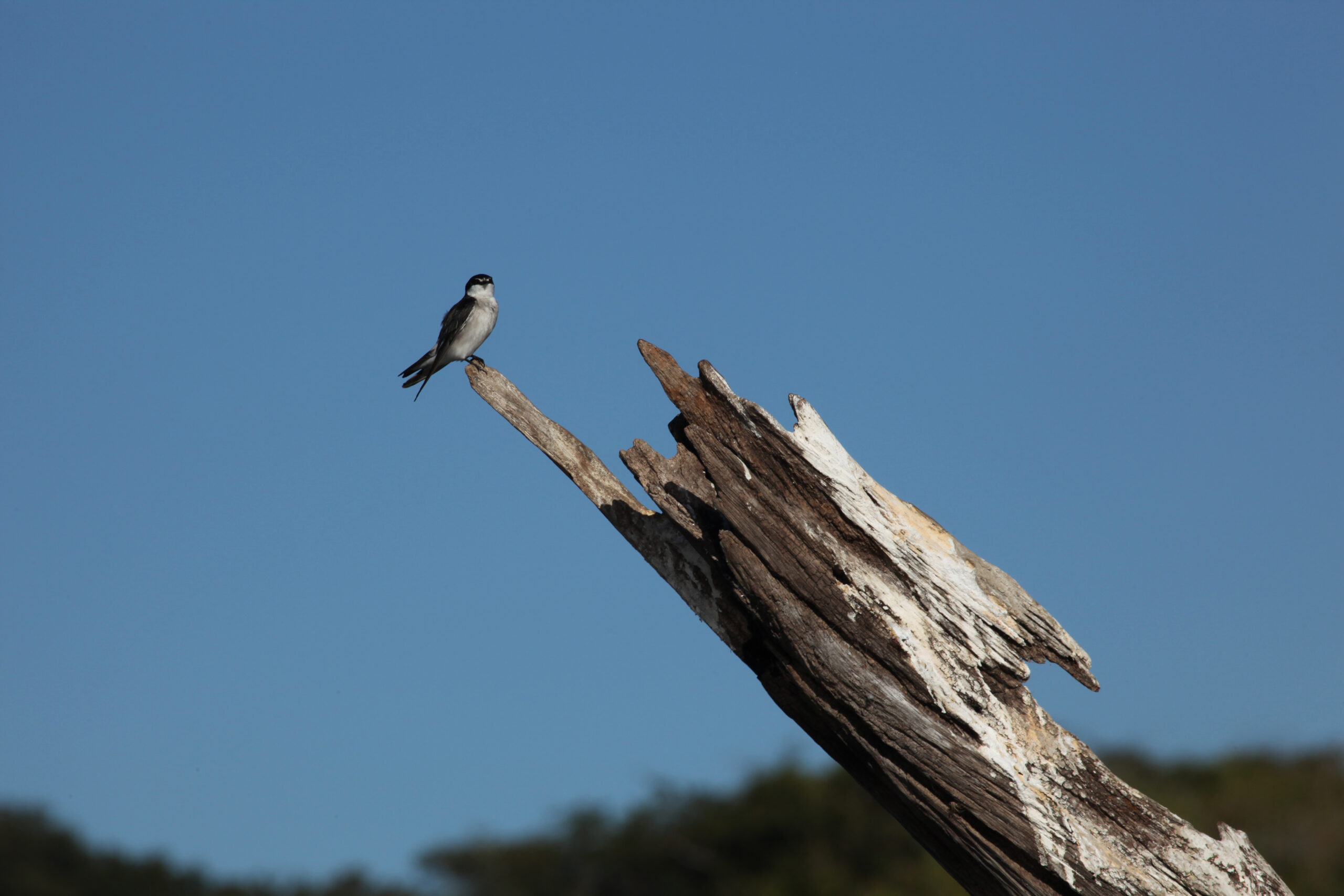
This place is the habitat of more than 150 species of birds, 27 reptiles and 40 species of mammals, of which five species are considered endemic to Mexico.
There are also waterfalls, rivers and streams (guasimal, sombrío, cacao and cuale). In October and January the conditions are ideal for visiting the waterfalls from El Salto and La Quebrada since its waters have a greater influx and the views are spectacular.
And what can be said of its historical footprint? Cajón de Peñas also has archaeological areas. Such is the case of the petroglyphs or painted stones, among which the "Painted Rock", a unique cave painting in Mesoamerica. A must stop for those who like hiking.
The town that gave way to the water
Under the impressive dam that is known today, rest the ruins of a town prosperous with beautiful haciendas, church and a large number of inhabitants, now called Old Santiago. The inhabitants of the entire town moved to a new piece of land to found the community of Nuevo Santiago and make way for the construction of the dam, between the years 1974 and 1976.
Today there are only a handful of small ranchitos around the lake and it remains in near pristine condition. Currently, many people who are looking for a more ecological, calm and sustainable way of life come to live here. As the case of private development of Los Xeneques, a vernacular hotel paradise, which offers residential villas with an exclusive concept of care and preservation of the environment.
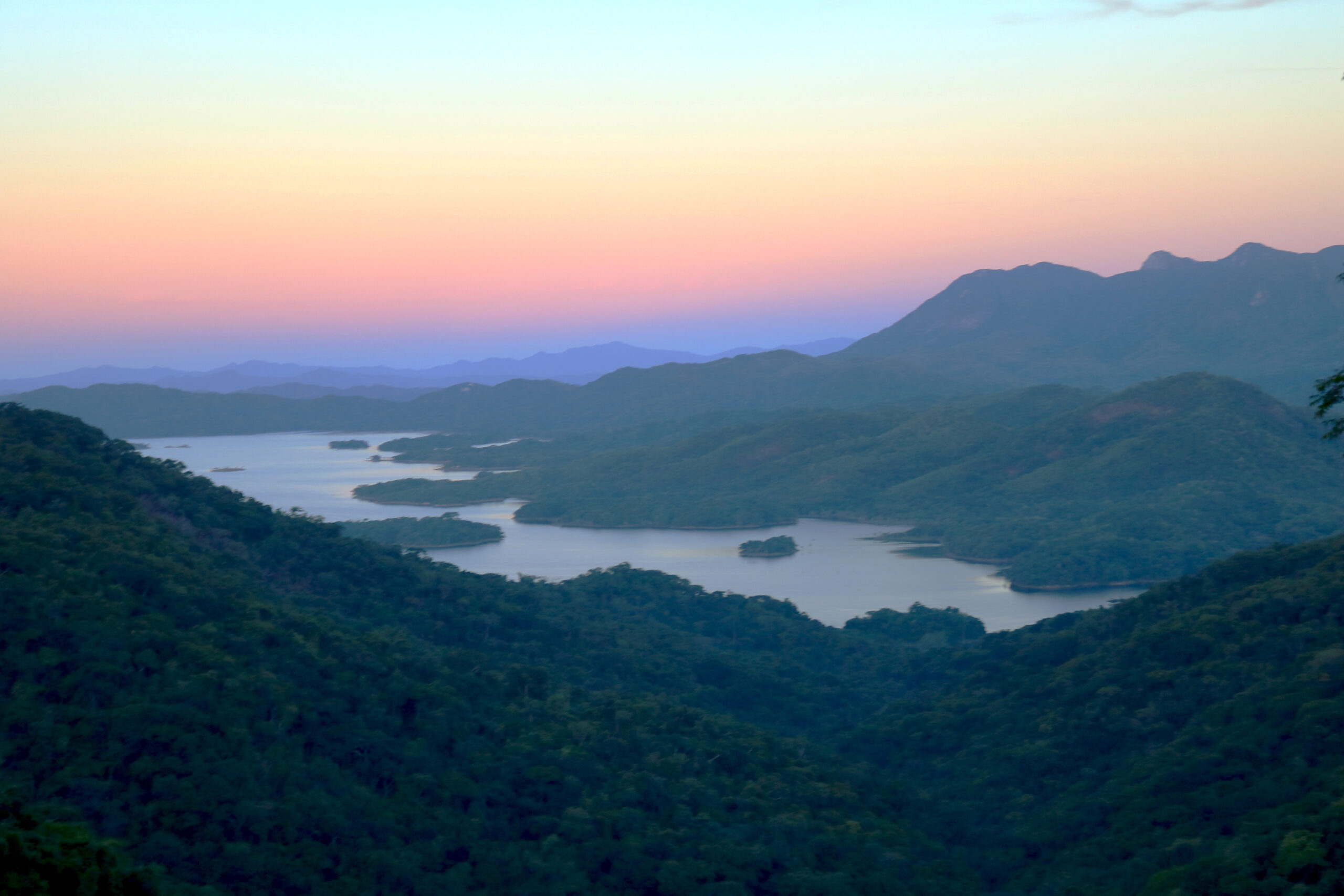
Cajón de Peñas, the great ecotourism dam
Cajón de Peñas is one of the last remnants of virgin forest on the Jalisco coast. Its inhabitants are willing to share with visitors their lifestyle, simple, calm and respectful.
The locals are happy people, who live in the area with the priority of caring for and respecting the natural wealth of their home. They live from fishing, tourism and are mainly recognized for their exquisite cuisine.
Among the tourist activities they offer are hiking, camping and bird watching. In addition, sports activities such as kayaking, skiing and windsurfing are offered at the dam.
Of course, you can't miss fishing with a wide variety of species such as tilapia, bass, shrimp and catfish. A mollusk called "tegololo" is also produced, highly valued throughout the world for its exquisite flavor and difficult reproduction, since it is only found here and in Veracruz. The restaurants on the banks of the dam taste the catch of the day, with its unique seasoning.
- Huichol Handicrafts: The best and most beautiful in Mexico - 11 April 2023
- Compostela, Mexico's magical town that evokes Spain - 28 March 2023
- Nuevo Vallarta, where action and relaxation meet - 10 March 2023

